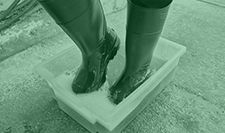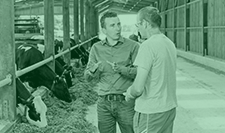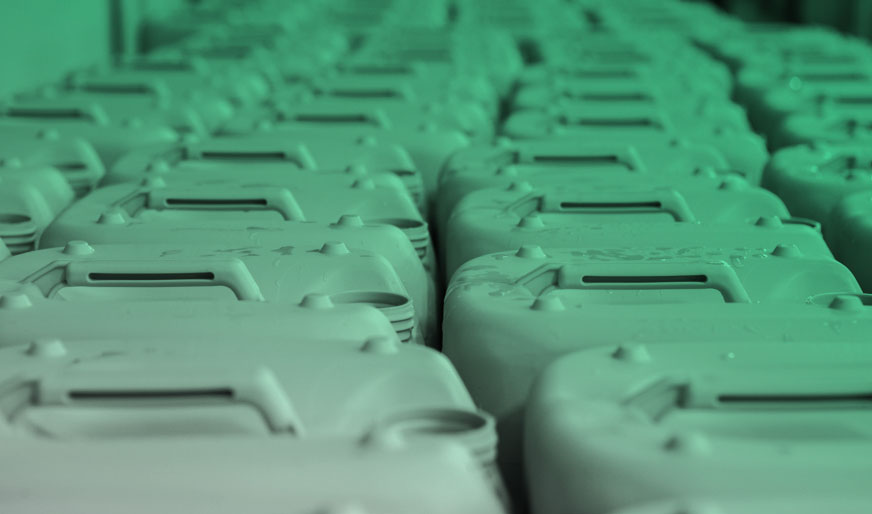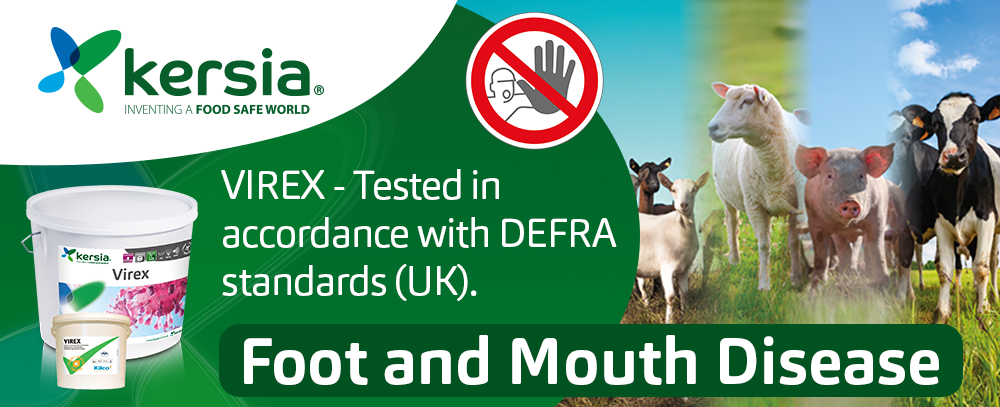Foot and Mouth Disease (FMD) is a highly contagious viral disease contaminating livestock animals in particular both wild and domestic cloven-hoofed ruminants and swine. Outbreaks of FMD have a significant economic impact on livestock production and cause disruptions in global trade markets for livestock and related products.
In this context, Kersia supports customers worldwide by offering a comprehensive biosecurity approach to protect farms and livestock.
Foot and Mouth Disease –
General Information
What is Foot and Mouth Disease (FMD) ?
Type of virus:
- FMD is caused by a non-enveloped virus part of Aphthovirus genus within the Picornaviridae family. This virus family also contains Enterovirus such as ECBO (Bovine enterovirus). FMD virus is classified into seven immunologically distinct serotypes: O; A; C; Asia 1; SAT 1; SAT 2; SAT 3.
FMD virus characteristics:
- Virulence:
- Highly contagious and high morbidity during outbreaks but in fact low mortality constated in adult cattle, young cattle are at more at risk.
- Symptoms
- Infected animals exhibit fever, lameness, and vesicles (blisters) on the mouth, snout, teats, and feet. These vesicles can rupture, leading to painful raw areas causing lameness for example, hence the name Foot and Mouth Disease.
- Commonly infects hoof cloved ruminants but cases of infected swine have been detected.
- Survival:
- Sensitive to: High T°C (>50°C), dry environment and direct sunlight
- Does not survive in muscle tissue after the animal death but can survive in lymph nodes and bone marrow
- Residual virus can survive in milk and dairy products after a single cycle of pasteurization (72°C) but can be inactivated by UHT (Ultra High pasteurization)
- The virus can resist drying and can persist for a few days to weeks in organic matter under moist and cool conditions
- Can also remain in contaminated fodder/feed and in the environment for up to one month depending on temperature and pH.
- Inactivation:
- Inactivated at pH<6 or pH>9
- Can be inactivated by sodium hydroxide (2%), sodium carbonate (4%), citric acid (0.2%), acetic acid (2%), sodium hypochlorite (3%), potassium peroxymonosulphate/sodium chloride (VIREX 1%), and chlorine dioxide.
- Resistant to iodophores, quaternary ammonium compounds, and phenol, especially in the presence of organic matter.
(Source: WHO, 2021).
👉 Current global situation of the disease, check WHO website: Foot and mouth disease – WOAH – World Organisation for Animal Health
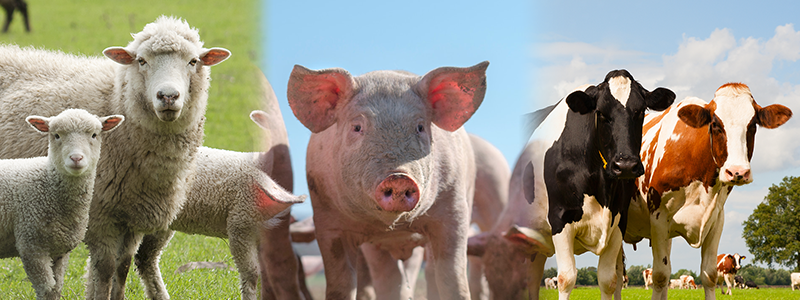
FACT & FIGURES
ON FOOT AND MOUTH DISEASE VIRUS
SURVIVAL:
- Sensitive to: High T°C (>50°C), dry environment and direct sunlight
- Does not survive in muscle tissue after the animal death but can survive in lymph nodes and bone marrow
- Residual virus can survive in milk and dairy products after a single cycle of pasteurization (72°C) but can be inactivated by UHT (Ultra High pasteurization)
- The virus can resist drying and can persist for a few days to weeks in organic matter under moist and cool conditions
- Can also remain in contaminated fodder/feed and in the environment for up to one month depending on temperature and pH.
INACTIVATION:
- Inactivated at pH<6 or pH>9
- Can be inactivated by sodium hydroxide (2%), sodium carbonate (4%), citric acid (0.2%), acetic acid (2%), sodium hypochlorite (3%), potassium peroxymonosulphate/sodium chloride (VIREX 1%), and chlorine dioxide.
- Resistant to iodophores, quaternary ammonium compounds, and phenol, especially in the presence of organic matter.
Foot and Mouth Disease – Sources of Contamination
On a farm there are many ways of contamination – external and internal sources might be responsible for an outbreak of a disease. It is essential to check your premises, your work flow structures and your biosecurity program to detect weak spots and adjust accordingly
Strict biosecurity measures and good hygiene practices are essential in protecting against a disease outbreaks and a spreading of this contagious disease.
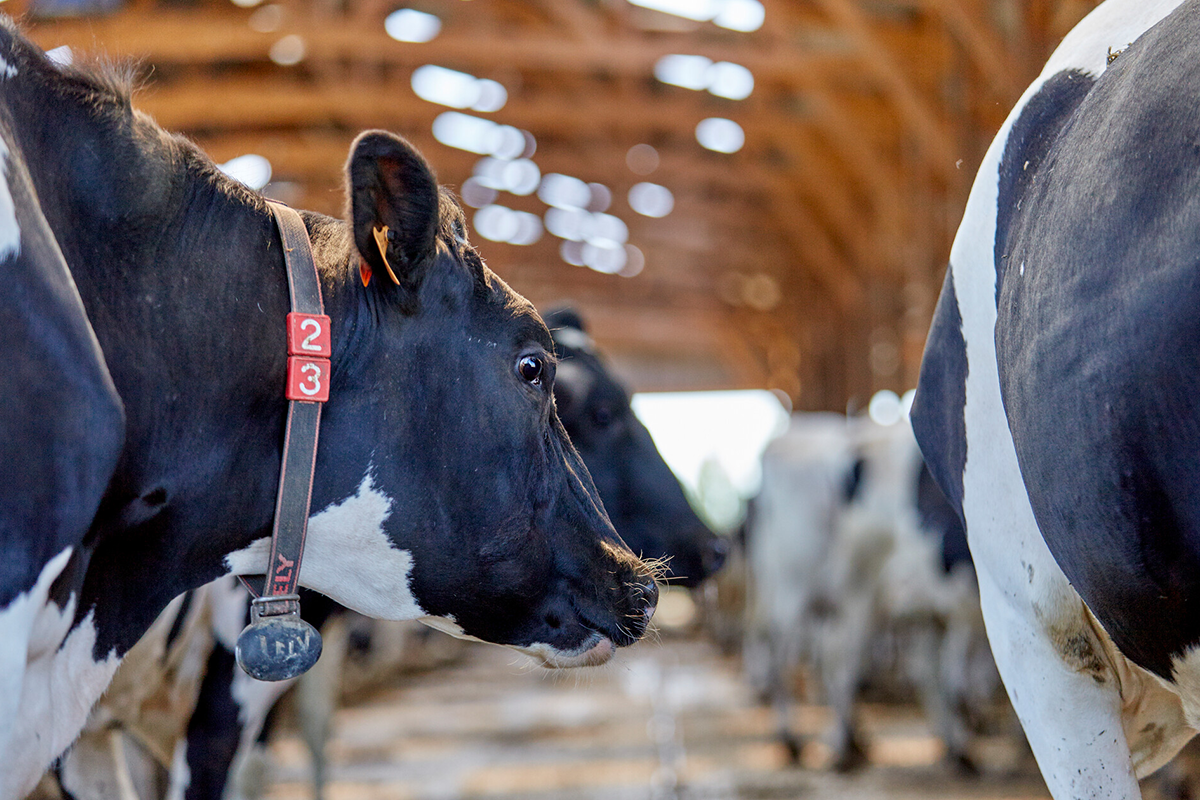
Direct contact
domestic animals, contaminated feces, wildlife, etc.
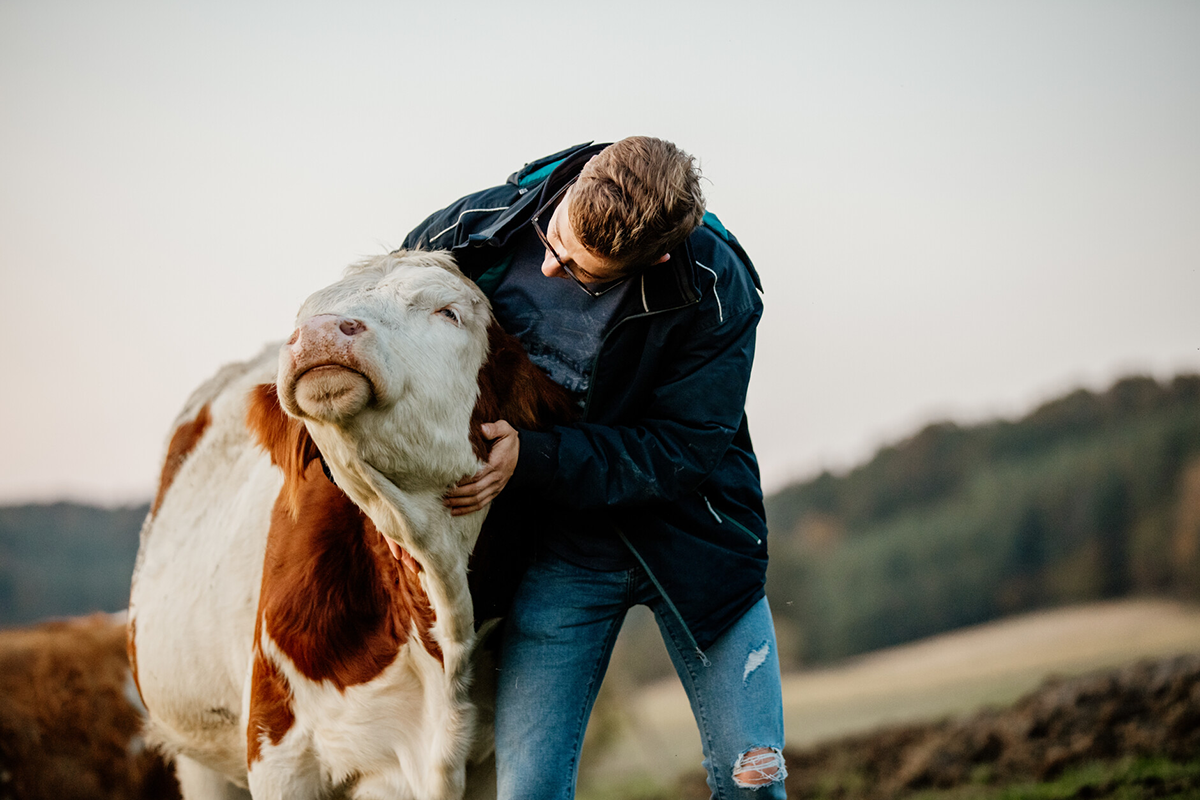
Indirect Contact
contaminated environment, equipment, vehicles, clothing, etc.
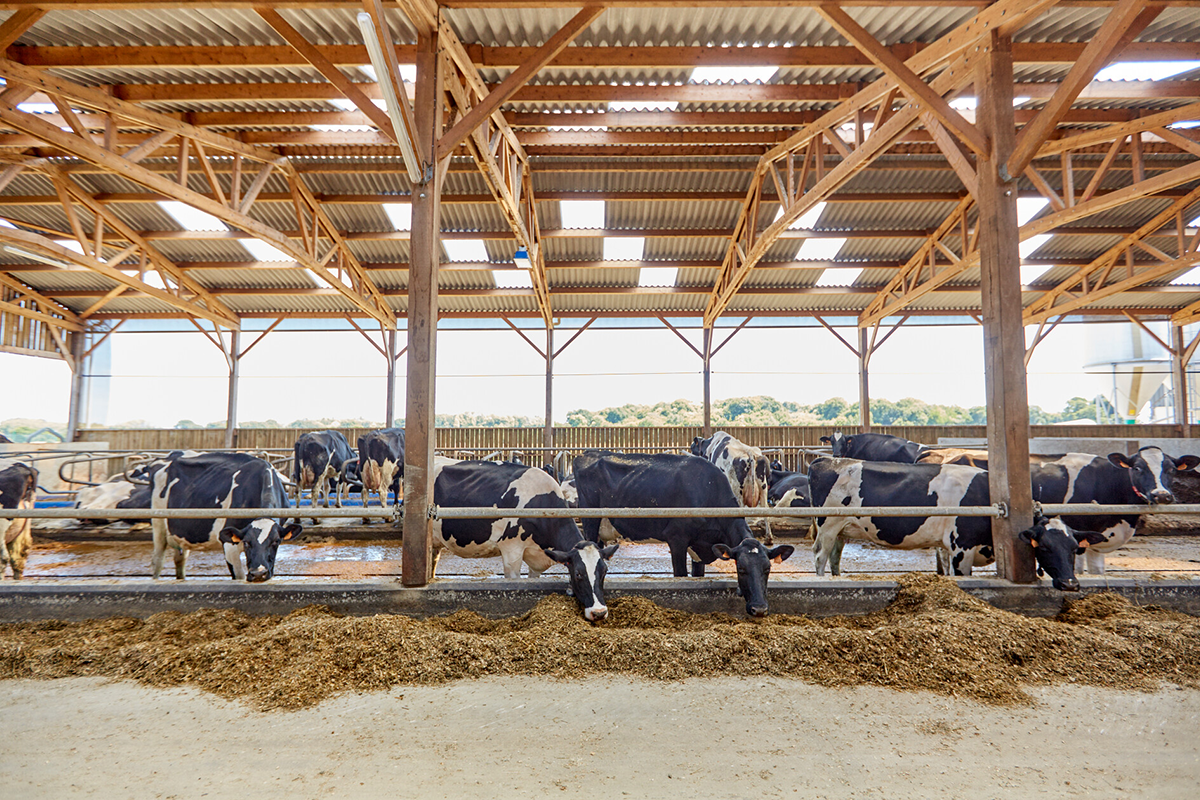
Airborne transmission
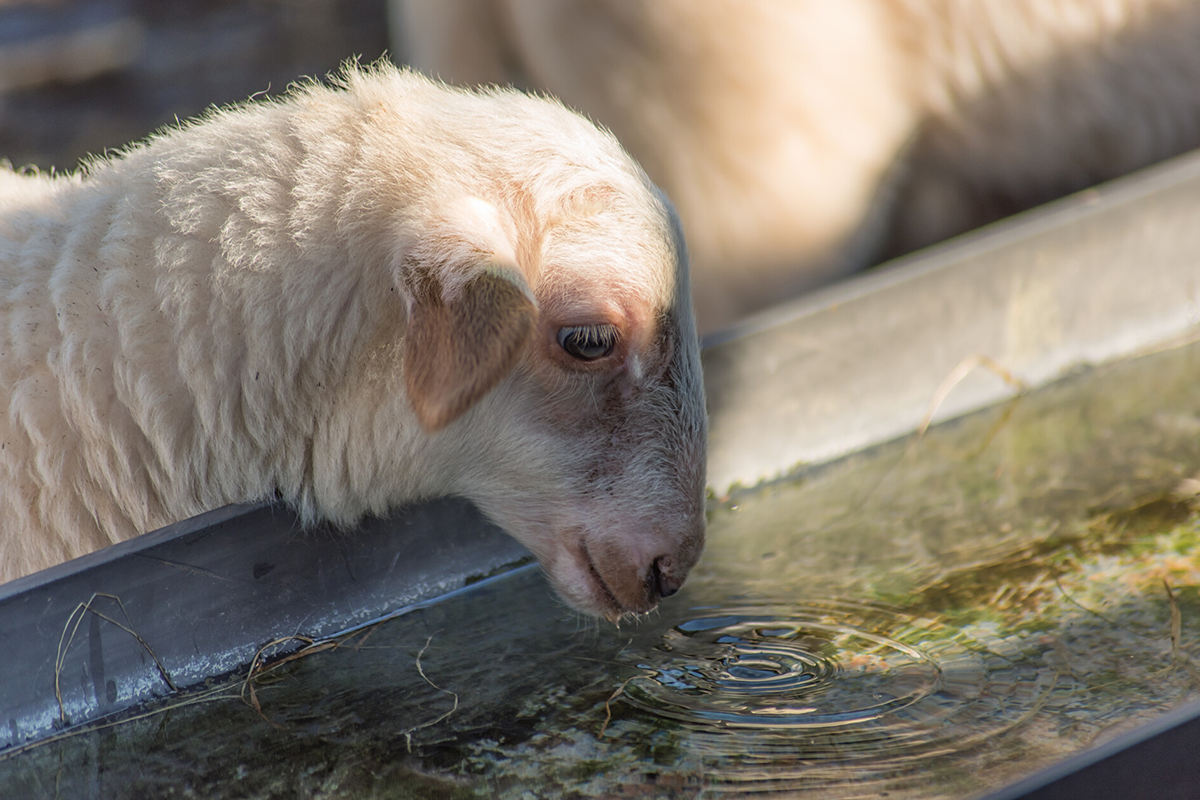
Contaminated feed and water
Avoidance Program – Essential Measures
Kersia is committed to supporting farms through offering complete and comprehensive and tested biosecurity products and solutions, through our ‘‘Cleaning, Disinfection and Protection’’ Programs.
Effective cleaning of surfaces and equipment ensures the best possible condition for disinfection.
Successful disinfection is the elimination of micro-organisms through the selection of a proven disinfectant, applied at the correct dilution rate with adequate contact time.
Comprehensive Biosecurity measures are required to prevent micro-organisms from re-entering and contaminating clean buildings and equipment.
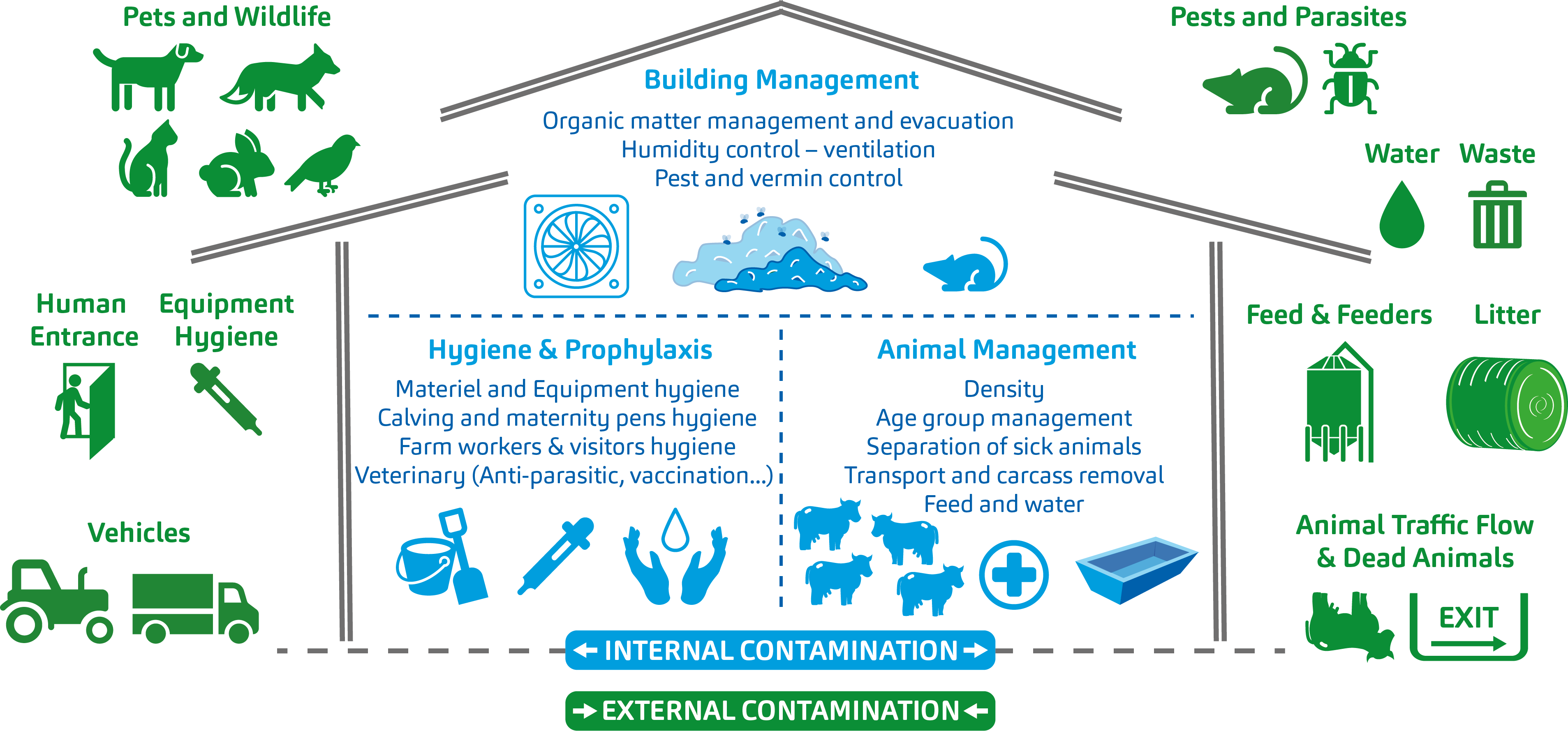

Avoidance is better than cure!
General biosecurity measures
Preventive cleaning, disinfection and protection measures
On farms, ensure the protection of the animals with regards to all the external sources and entrants:
- Control of access to buildings (visitors, staff…): use of personal protective equipment to access livestock buildings – Cleaning and Disinfection procedures.
- Limiting the arrival of external vehicles on site including those used for the transport of animals. Apply Cleaning and Disinfection procedures for vehicles in any case.
- Improvement of building maintenance, pest control, rodent control…
- Improvement of Cleaning and Disinfection procedures on all surfaces of buildings and equipment and the environment in general.
- Monitoring of entrants (food, water…),
- Monitoring animal health (abnormal signs or symptoms…)
If the disease is reported
Confinement – Isolation – Crisis Management
If a case is proven, establishment of a management procedure for hazardous areas including
- Elimination of animals: slaughter of all animals in the premises concerned.
- Isolation and securing of the site: rigorous and controlled confinement and isolation procedures.
- Cleaning and disinfection of premises in collaboration with the competent authorities and selected service providers
Foot and Mouth Disease
– Active Management
Cleaning, Disinfection & Protection –
Step-by-Step
1. Cleaning
- Product selection, concentration and application is key to successful cleaning.
- Effective cleaning of surfaces and equipment ensures the best possible condition for disinfection.
2. Disinfection
- Product selection, concentration and application is key to successful disinfection.
- Successful disinfection is the elimination of micro-organisms through the selection of a proven disinfectant, applied at the correct dilution rate with adequate contact time.
3. Protection - by means of hygiene management
- Product selection, concentration and application is key to successful protection.
- Offer possibilities and make it obligatory to disinfect boots, wheels, vehicles, hands and equipment prior to and after entering the premises or different areas of the premises.
- Cleaning and disinfection of the water system & water disinfection
4. Protection - by means of structural management
Implement additional measures to prevent Foot and Mouth Disease contamination on your farm:
- Protection against uncontrolled movement and entering (people, vehicles, wild animals) – i.e. keep wildlife outside
- Limitation of passenger and vehicle traffic to the necessary minimum, keeping a visitor’s book
- Consistent implementation of the “CLEAN and DIRTY zones” principle:
-
- Enter the premises only with company clothing and prior showering
- Street clothing and stable protective clothing are kept separate from each other before and after entering the production areas
- Division of the business premises into “CLEAN” (animals, feed, bedding etc.) and “DIRTY” (manure, carcasses etc.) areas
- Avoid crossing paths, from “DIRTY” and “CLEAN” areas
- Storage of the carcass in a closed container or similar construction, which is secured against unauthorized access and the entry of vermin, rodents, wild animals and the leakage of liquids and which is easy to clean and disinfect
-
- Feed and litter deliveries as well as loading or unloading of animals only take place on the traffic areas (no traffic and access by outside persons in the production areas)
- Feed, bedding & other resources are stored safely protected from wild birds
- Special employee training on the FMD transmission risks
- Continuous animal health monitoring (abnormal signs or symptoms…)
Partner with Kersia for Trusted Biosecurity Solutions
At Kersia, we are committed to helping farms protect against Foot and Mouth Disease (FMD) through a complete and integrated biosecurity approach. Our solutions are designed to support every stage of your protocol—cleaning, disinfection, and protection—to reduce the risk of internal and external contamination.
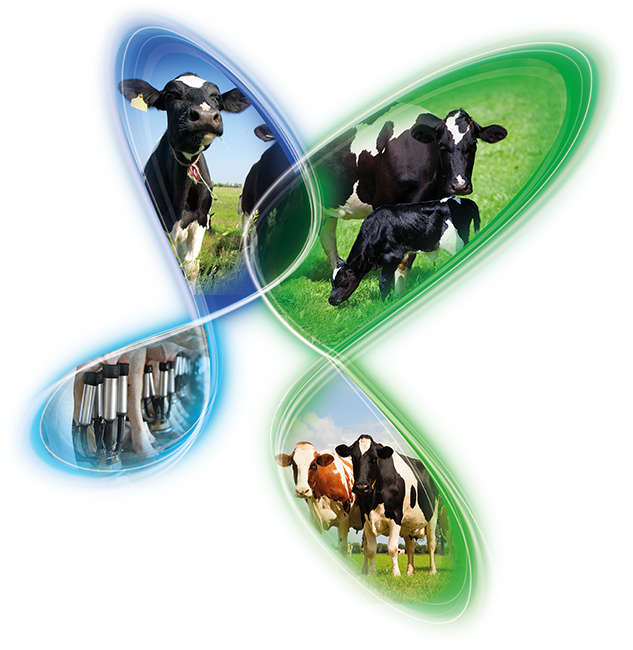
To learn more about how our solutions can support your farm’s biosecurity strategy, we encourage you to get in touch with your local Kersia representative. They can provide region-specific guidance and help you determine the best approach for your needs.



